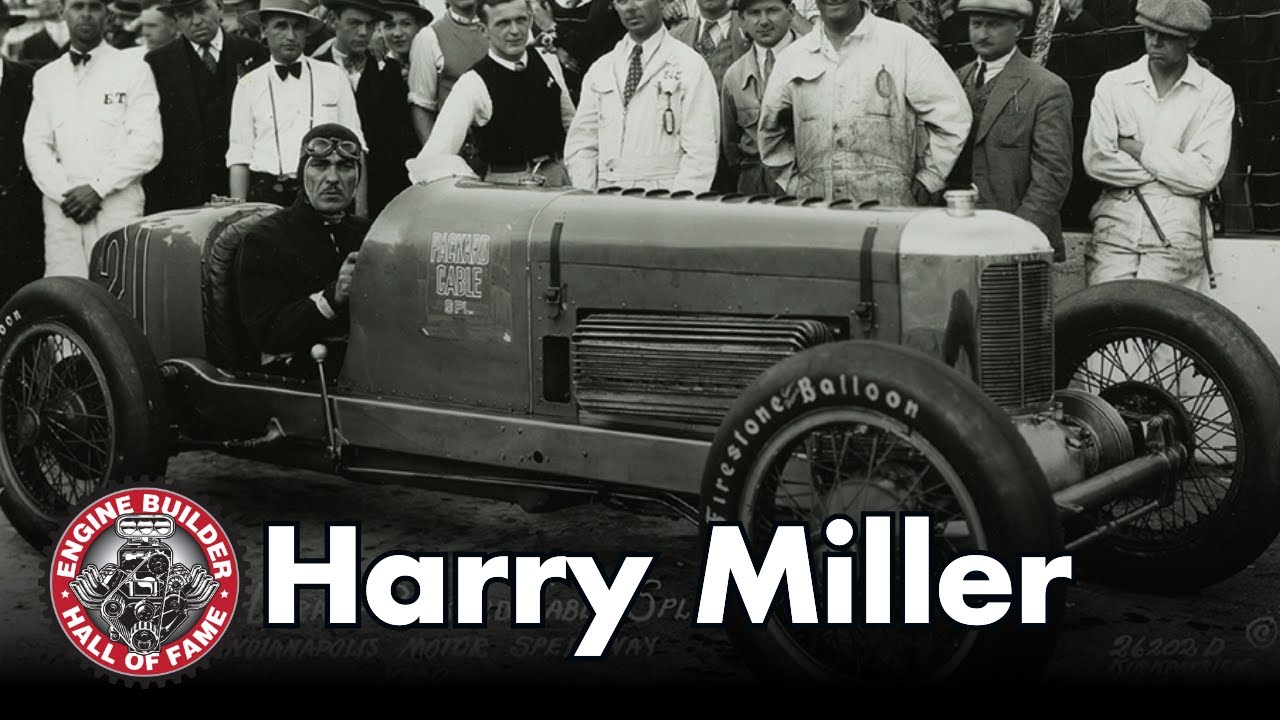The Engine Builder Hall of Fame is meant to recognize and memorialize the individuals that played a significant role in the development of internal combustion engines for competition. From the origins of hot rodding, to all forms of motorized competition, the Engine Builder Hall of Fame enshrines those who innovated, achieved, and advanced the internal combustion engine in competition.
After talking with Lake Speed Jr. recently, about the hall of fame and it’s purpose, we can tell you that this list of inductees is something truly special. All that will be inducted this year, and into the future, will be special but might not include some famous racers, engine builders, and car owners that you might think of as worthy. But here’s why.
These engine builders were not only instrumental in building big power and being innovators, but also for advancing engine building. These are not the guys who kept their methods a secret, or who never taught anyone else to do what they did. No, these are the guys that made sure there were others to carry on the traditions, who would push themselves and the technology in the future, and who made real differences in the growth of the hobby and motorsports in general.
So check out the video about the hall of fame below, and then the one on Harry Miller who is the first inductee below that, and we’ll have more coming soon!
Video Description:
Born on December 9, 1875, in Menomonie, Wisconsin, Harry Miller would go on to become one of the most influential and revolutionary figures in the early days of American motorsports. Oddly, the racing legend did not become involved in motorsports until he was in his thirties. His first assignment at the Olds Motor Works in Lansing, Michigan was to prepare the Oldsmobile entry for the 1906 Vanderbilt Cup, America’s most prestigious racing event of the era. Due to a series of mishaps, the car didn’t finish and Miller was convinced he could build a better engine. He returned to California to open his own shop in 1908. At first, he built only carburetors, not building a complete engine until 1914.
In 1915, Harry Miller founded the Miller-Meteor Company by rebuilding a Peugeot for the 1915 Indianapolis 500. While in Los Angeles, he would associate himself with other visionaries who shared his interest in racing – Leo Goossen, Fred Offenhauser, Ed Winfield and Barney Oldfield. and the company’s success laid the foundation for Miller’s reputation as an innovative engineer and led to his immersion into the world of racing. Miller’s foray into race car design coincided with the rise of the Indianapolis 500, a premier event that would play a pivotal role in shaping his legacy. Recognizing the potential for technological advancements in the racing industry, Miller set out to create machines that would not only dominate the track but also push the boundaries of what was thought possible.
Miller’s first major breakthrough came in the form of the groundbreaking dual overhead camshafts design. This innovation marked a departure from the standard pushrod engine configuration prevalent at the time and set a new standard for performance. The 1920s and 1930s are often referred to as the “Golden Age” of Miller cars. During this period, Miller designed machines dominated the racing scene, particularly at the Indianapolis 500. Miller’s cars consistently outperformed their competitors, setting records and earning victories that solidified his status as a mastermind of race car design.
One of the most iconic Miller creations from this era was the Miller 91, powered by the supercharged straight eight engine. The Miller 91, with its distinctive design and superior performance, became a symbol of technological excellence and engineering innovation. It not only won races but also set speed records that were the envy of the racing world.
In the late 1930s, Miller joined forces with Fred Offenhauser, a skilled machinist and engineer, to form the Offenhauser Racing Engine Company. This partnership would prove to be a defining moment in the history of American racing. The Offenhauser engine, based on Miller’s original designs, became the standard powerplant for generations of race cars. The Offenhauser engine’s success was unparalleled, powering numerous Indianapolis 500 winners and earning a reputation for reliability and performance. Miller’s legacy was, in many ways, carried forward by the continued success of the Offenhauser engine, showcasing the enduring impact of his innovations on the world of motorsports.
Miller’s impact on the Indianapolis 500, in particular, is immeasurable. His cars not only dominated the race but also set records that stood for years. The Miller designed and Offenhauser powered machines became synonymous with victory, leaving an indelible mark on the history of America’s most prestigious open wheel race.
In recognition of his contributions, Harry Miller was posthumously inducted into the Motorsports Hall of Fame of America in 1994. This honor reflects the enduring significance of Miller’s innovations and the lasting impression he left on the world of motorsports.












